’Tis the season to celebrate, and nothing says, ‘Let’s party!’ quite like the popping of a cork and toasting of sparkling wine. Those effervescent bubbles dancing upward in your glass, the joyous clinking of flutes, that feeling of a quicker alcoholic buzz than normal…
 OK, wait, that last part is actually more than feeling.
OK, wait, that last part is actually more than feeling.
Sparkling wine has a knack for getting you tipsy more swiftly than still wine, even though the alcohol content of sparkling wine is generally a little lower than your typical reds or whites—usually around 11% for Prosecco and 12-12.5% for Champagne (or classic-method bubbly). So it’s not the concentration of alcohol that’s responsible for the accelerated buzz here.
Part of the problem is that we typically drink sparkling wine faster—sometimes because it’s often served as a welcome drink, and that crisp, fresh fizz feels like a thirst quencher, and those little glasses are soooo easy to refill! Other times it’s because it’s a quick, seemingly innocent celebratory toast—”Merry Christmas!” “Happy New Year!” “It’s so great to have the family/staff/friends together!”—before we get back to whatever it was that we were drinking previously. And lord knows that mixing drinks is a recipe for disaster. And unlike still wine, where the very lack of bubbles may encourage a slower and more contemplative sipping pace as you discuss news of the day, the playful fizziness of sparkling wine tempts you to drink more quickly.
But there’s a double-whammy with this beguiling bubbly and that’s, well, the bubbles! A key factor contributing to the accelerated intoxication associated with sparkling wine is the rate at which alcohol is absorbed into your bloodstream. Bubbles not only elevate the drinking experience by tickling your tastebuds, they also assist in expediting the absorption of alcohol into your system. When you consume sparkling wine, the carbon dioxide (CO2) bubbles carry alcohol vapours directly to the surface of your stomach, where absorption begins. This increased surface area allows alcohol to be absorbed more quickly, leading to a faster onset of that delightful, yet sometimes unexpected tipsy feeling.
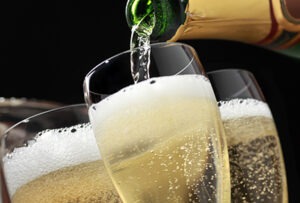 The carbonation in sparkling wine also plays a role in the way alcohol affects your body. Carbonation induces a slightly greater pressure in the stomach, which can influence the rate at which alcohol is absorbed. This heightened pressure facilitates the opening of the pyloric valve, the gateway between the stomach and the small intestine. As a result, alcohol is ushered into the small intestine at an accelerated pace, where it is absorbed more efficiently into the bloodstream. This rapid transit from the stomach to the bloodstream contributes to the swifter and more pronounced effects of alcohol when sipping on sparkling wine.
The carbonation in sparkling wine also plays a role in the way alcohol affects your body. Carbonation induces a slightly greater pressure in the stomach, which can influence the rate at which alcohol is absorbed. This heightened pressure facilitates the opening of the pyloric valve, the gateway between the stomach and the small intestine. As a result, alcohol is ushered into the small intestine at an accelerated pace, where it is absorbed more efficiently into the bloodstream. This rapid transit from the stomach to the bloodstream contributes to the swifter and more pronounced effects of alcohol when sipping on sparkling wine.
So now you can appreciate the social and scientific symphony that contributes to the quick and spirited journey from sobriety to a delightful state of merriment.
So cheers to the incredible food-pairing versatility and smile-inducing nature of sparkling wine. Just be very conscious of its intoxicating capacity.
And maybe keep a glass of water handy.
Looking for an inexpensive, can’t-miss gift to celebrate the season? Here are a couple new releases and an ever-reliable Niagara bubbly.
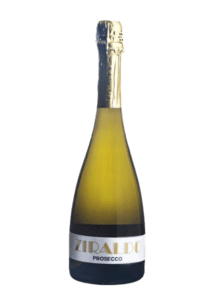 Ziraldo Valdobbiadene Superiore Brut Prosecco — Veneto, Italy ($26.95)
Ziraldo Valdobbiadene Superiore Brut Prosecco — Veneto, Italy ($26.95)
From Donald Ziraldo, the esteemed co-founder of Niagara’s Inniskillin, comes this enticing new sparkling made from traditional Glera grapes from his homeland in northeast Italy. This is the first Prosecco to be officially recognized from a Niagara-based producer, and it’s very good—crisp and frothy, with a mineral-driven Granny Smith apple and great length. Its DOCG (Denomination of Controlled and Guaranteed Origin) identification is the highest wine region designation awarded by the Italian government, assuring wines of especially high quality. It measures a very dry 6 grams of sugar per litre. I also love the bottle aesthetics, with its simple yet elegant label and Art Deco-styled font. If you want to change up the traditional timing of when you pour bubbly, try this with eggs during Christmas or New Year’s morning. 91
“Mario Schwenn and I recently partnered on this project; he manages the production from the Azienda Agricola Al Canevon and did all the package design for the Ziraldo Prosecco,” Ziraldo writes. “I used to represent Dievole (Mario’s winery) wine from Tuscany in Canada, while Mário represented Inniskillin Icewine in Italy. We became close friends, and I am godfather to his son. Starting the Prosecco project seemed most appropriate since Prosecco is from the Friuli-Venezia-Guliano region where my parents originated.”
Check out this great video of Ziraldo touring the vineyards and winery.
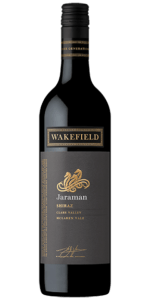 Wakefield Jaraman Shiraz 2021 — South Australia ($24.95)
Wakefield Jaraman Shiraz 2021 — South Australia ($24.95)
Winecompanion.com cites 2021 as an excellent vintage for South Australia, with the Clare Valley “producing wines with excellent quality and high acidities across every variety,” while “McLaren Vale enjoyed healthy yields and the earliest start of vintage on record, triggered by some February heat. A mild autumn kept sugar levels at bay and furnished excellent quality, with strong varietal definition, concentrated aromatics and deep colours and tannins in red varieties.” That’s good news, considering Wakefield’s Jaraman Shiraz is always blended from grapes sourced from those two regions. In fact, this is its most balanced split ever: 54% Clare Valley / 46% McLaren Vale. The final product is plush, dripping with ripe blackberry, coffee beans and spicy, peppery mint whose edge softens with decanting. The residual sugar is almost non-existent—a measly 1%—while the alcohol is the usual 14.5%, although it is—along with the tannins—very well-integrated. Great length on this big red wine—one that has been racking up international awards. Pair it with venison, lamb or a juicy ribeye. 91
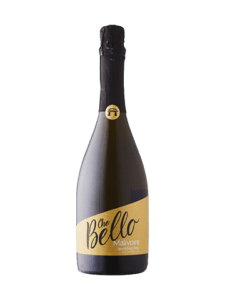 Malivoire Che Bello Sparkling Wine — Vinemount Ridge, Niagara, Ontario ($17.95 on sale for $15.95)
Malivoire Che Bello Sparkling Wine — Vinemount Ridge, Niagara, Ontario ($17.95 on sale for $15.95)
This bubbly was among my Top 36 Wines Under $18 in 2021. A blend of Serval and Riesling, it’s lively with tropical fruit on the nose but more pear, apple and melon on the tastebuds. Its 19 g/L of residual sugar places it just outside the “extra-dry” designation. Enjoy it on its own, pair it with seafood hors d’oeuvres, or blend it with mimosas and other cocktails. 88
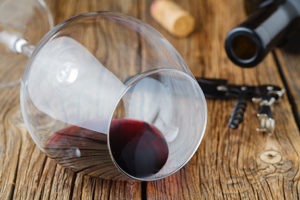
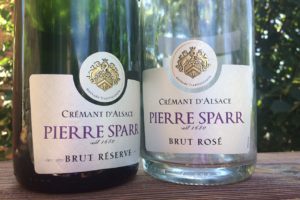
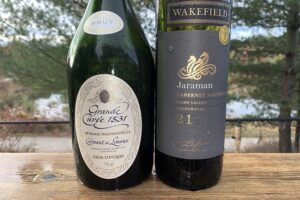
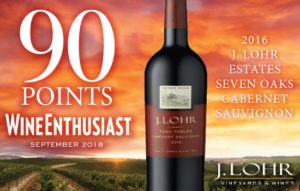
Leave a Reply
Your email is safe with us.